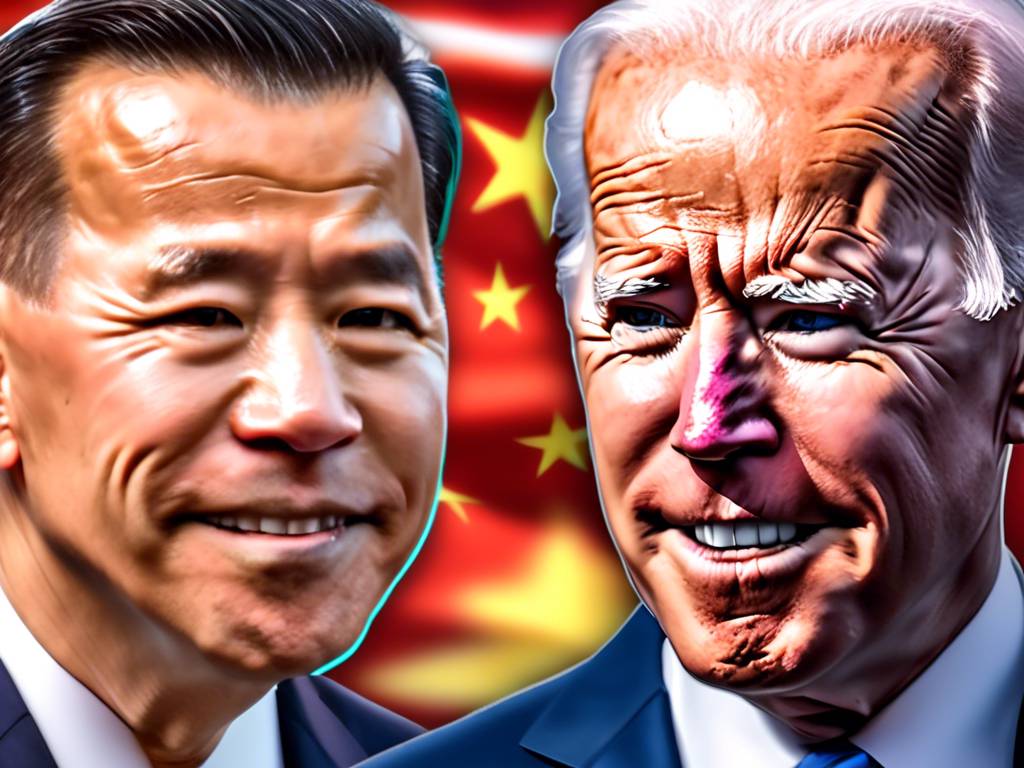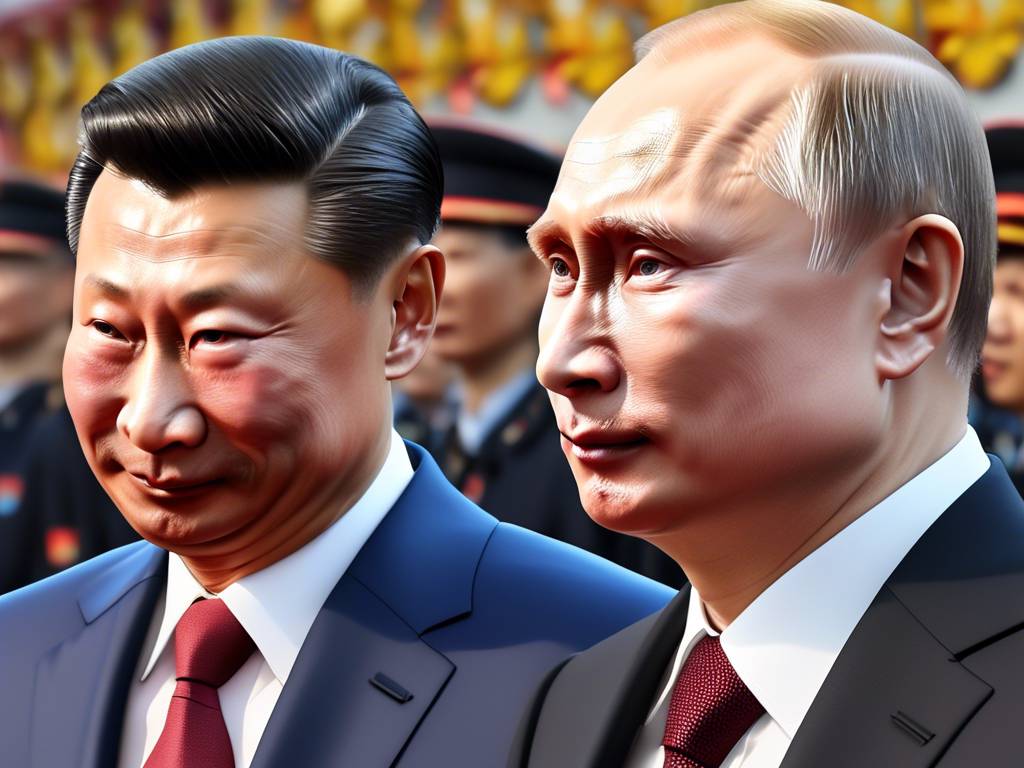The Truth About China’s Social Credit System 🇨🇳
Have you ever thought about how your place in society could be determined by a government algorithm that tracks everything you do and say? Sounds like a nightmare, right? Well, China’s Social Credit System has been portrayed this way by mainstream media. Today, we’ll separate fact from fiction and explore what this system really is and what it isn’t. The most comprehensive information on this topic comes from alumni of Germany’s Mercator Institute for China Studies (MERICS), particularly Vincent Brus’ book “Social Credit: The Warring States of China’s Emerging Data Empire.” Let’s delve into the reality of this system.
The Reality of China’s Social Credit System
The Social Credit System in China is a complex and multi-faceted topic. Contrary to popular belief, it is not a centralized system but a collection of policies and programs implemented by various levels of government. The core aim is to address issues like dishonesty, lack of integrity, and lawlessness that hinder economic and social progress. These problems, such as non-compliance with court orders, create challenges for businesses and undermine trust in contracts.
- Central Problem: Lack of honesty, integrity, and rule of law
- Impact on business: Difficulty in enforcing contracts
- Social Credit System: Introduction as a remedy to wide-ranging issues
- Scope: Beyond traditional market creditworthiness
While the government’s narrative on the Social Credit System may sound broad and ambiguous, the system is decentralized, with local governments interpreting and implementing policies based on their goals. This decentralized approach has led to misconceptions about the system.
- Misconceptions about the Social Credit System
- No nationwide scoring system
- Local pilot programs and experiments
The Truth Behind Social Credit Scoring
Contrary to popular belief, not everyone in China is assigned a social credit score by the government. Most policies under the system do not involve numerical scores. The few scoring programs in place are limited to specific city pilot projects, where individuals can earn or lose points based on their actions.
- City Pilot Programs:
- Experimental and limited in scope
- Varied punitive measures proposed but most not implemented
- Noteworthy Example: Rongchang’s intrusive social credit implementation
- Scoring individuals and entities in 570 categories
- Punitive measures like travel restrictions for low scores
After facing public backlash, the central government intervened and prohibited punitive scoring systems. Currently, most social credit programs offer rewards for participation, such as discounts on public services or tax benefits. However, awareness and participation in these programs remain low among the general population.
Focus on Corporate Social Credit
While individual social credit programs exist, the government’s primary focus has been on corporate social credit. Enhancing governance and business integrity has been a key goal, with enforcement actions primarily targeting companies and government institutions.
- Corporate Social Credit:
- Emphasis on improving business environment
- Central government’s efforts directed towards corporate sector
Blacklists and red lists play a significant role in the Social Credit System, with standardized national lists maintained by government bodies. These lists serve as tools for enforcing compliance and accountability, primarily for entities that violate regulations or court orders.
Regulating Blacklists and Red Lists
While blacklists can influence certain aspects of individuals’ lives, such as travel restrictions, the central government has taken steps to standardize and regulate the use of these lists. Clear guidelines now restrict the indiscriminate creation of blacklists by local authorities.
- Standardization Measures:
- Policy guidance for proper use of blacklists
- Focus on severe harm and credit repair opportunities
Myth vs. Reality of Social Credit System
Despite fears of a techno-dystopia, China’s social credit implementation remains fragmented and low-tech. The human-centric approach to decision-making and limitations on AI in social scoring highlight a cautious approach to data-driven governance.
- Technology in Social Credit:
- Reliance on basic data collection methods
- Emphasis on standardization and digitization for efficiency
While the system has undergone revisions to address excesses and standardize practices, it’s essential to differentiate between reality and hyperbole when evaluating the impact and scope of China’s Social Credit System.
Hot Take on Social Credit System 🔥
In conclusion, China’s Social Credit System is a complex and evolving mechanism aimed at improving governance and social behavior. While concerns about privacy and control persist, the system’s current state reflects a nuanced approach to social scoring and enforcement. By debunking myths and understanding the system’s actual implementation, we can navigate discussions around social credit with a more informed perspective.





 By
By
 By
By
 By
By
 By
By
 By
By
 By
By